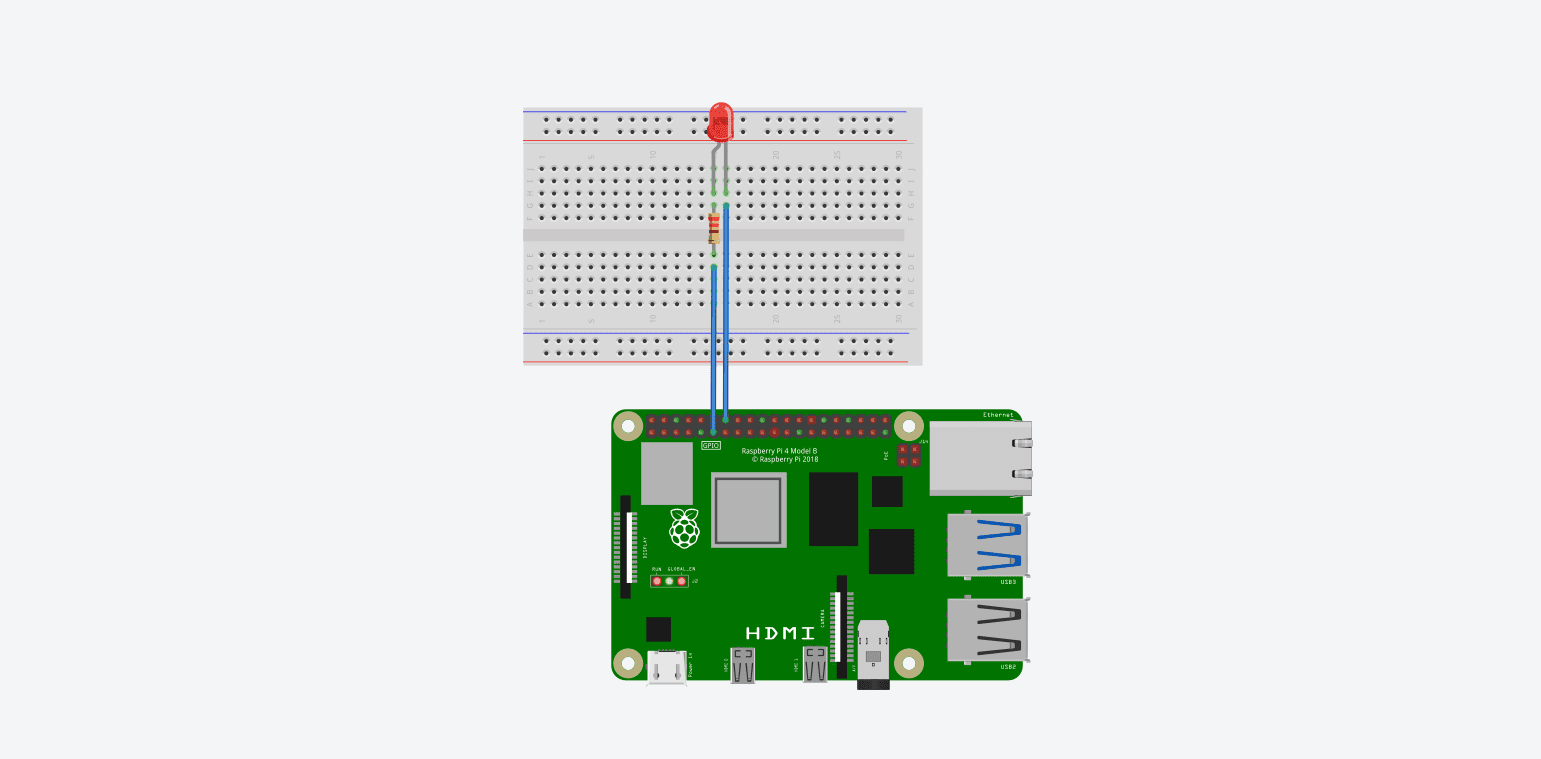A critical yet often overlooked component of 3D printers is the print bed leveling system. Proper bed leveling is essential for ensuring high-quality prints, as even minor deviations in the print surface can lead to significant issues like poor adhesion, incomplete prints, or structural weaknesses. This article explores the importance of the print bed leveling system, the different types available, and how they impact the printing process in Fused Deposition Modeling (FDM) and other types of 3D printing.
Importance of Print Bed Leveling in 3D Printing
Adhesion: First-layer adhesion is pivotal for the success of a print. An uneven print bed can lead to parts of the first layer not adhering properly, which can cause the print to fail.
Accuracy: A level bed is crucial for maintaining the accuracy of every layer. If the bed is not level, the extruded filament will not be uniform, resulting in prints that are not only aesthetically displeasing but also structurally compromised.
Consistency: Consistent contact between the nozzle and the print bed across the entire build area is necessary for uniform print quality. A well-leveled bed ensures that the filament is laid down evenly, enhancing the consistency of the final product.
Components of a Print Bed Leveling System
Mechanical Leveling: This is the most basic form of bed leveling, which usually involves manually adjusting screws at the corners of the print bed to make the surface level. This method requires a good eye and a steady hand, as well as periodic checks to maintain levelness.
Semi-Automatic Leveling: Some printers are equipped with semi-automatic leveling systems where the user manually assists the leveling process based on readings from sensors or firmware prompts. This system can simplify the process and reduce the time it takes to get a level bed.
Fully Automatic Leveling: The most advanced form of bed leveling, this system uses multiple sensors and software algorithms to detect discrepancies in bed levelness automatically and adjust the bed or compensate during printing without user intervention.
Types of Automatic Bed Leveling Sensors
Touch Sensors: These sensors physically touch the bed at various points to measure the distance between the bed and the nozzle. They can be either part of the print head that lowers to touch the bed or a separate device that moves independently.
Inductive Sensors: Common in metal print beds, these sensors use an electromagnetic field to detect the distance to the bed. They are highly accurate and do not require any physical contact, which reduces the risk of damaging the print surface.
Capacitive Sensors: Similar to inductive sensors, capacitive sensors measure the distance to the print bed using changes in capacitance. They can be used with a variety of bed materials but may require calibration to account for environmental factors like humidity and temperature.
Ultrasonic Sensors: These sensors use sound waves to measure the distance to the print bed. While not as common, they are versatile and can work with any bed material.
Optical Sensors: Optical sensors use a small laser or LED to measure the distance to the print bed. They are precise but can be affected by the color and reflectivity of the bed material.
Integration and Calibration
Software Calibration: Most 3D printers with automatic leveling features include software that processes the data from the leveling sensors to either adjust the bed mechanically or compensate for any unevenness electronically during the print.
Firmware Updates: Keeping the printer’s firmware updated is crucial for ensuring that the bed leveling system functions correctly, especially as manufacturers release improvements and bug fixes.
Regular Maintenance: Even with automatic systems, it’s important to regularly check and maintain the leveling system to ensure it continues to function optimally. This includes cleaning the sensors and verifying that mechanical components are not worn or loose.
Challenges and Solutions
Environmental Factors: Changes in temperature and humidity can affect bed leveling, especially for materials like wood or glass. Enclosed print chambers can help mitigate these effects.
Wear and Tear: Over time, the print bed surface can wear down or become damaged, affecting leveling accuracy. Using removable build surfaces or regularly replacing the print bed can help maintain consistent results.
Complex Shapes and Sizes: For large or unusually shaped print beds, multiple sensors may be required to ensure comprehensive coverage and accurate leveling across the entire surface.
The print bed leveling system is a foundational component of 3D printers that significantly impacts print quality and reliability. Advances in sensor technology and software algorithms have made bed leveling more accessible and precise, allowing users to achieve consistent results even with challenging prints. Whether manual or automatic, a well-maintained and properly calibrated bed leveling system is essential for anyone looking to optimize their 3D printing setup and produce high-quality, accurate prints time after time.








